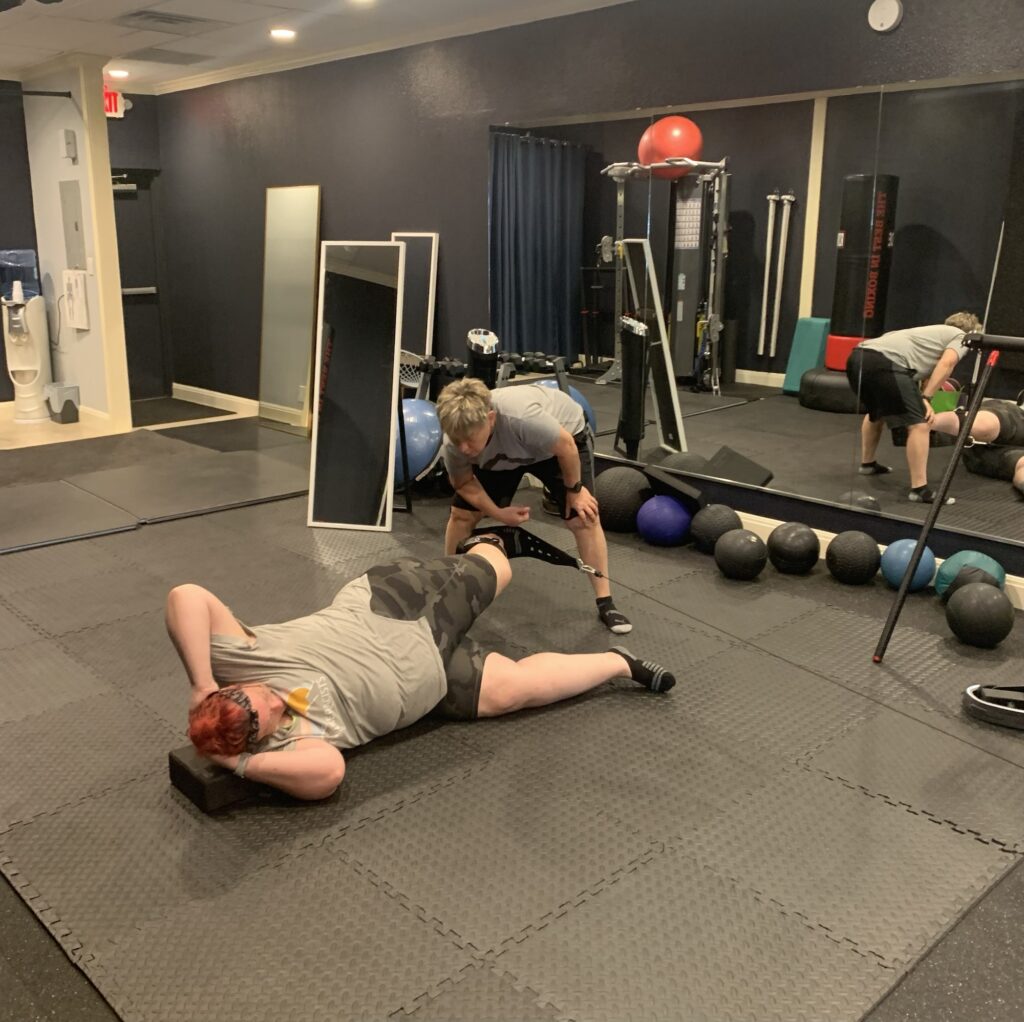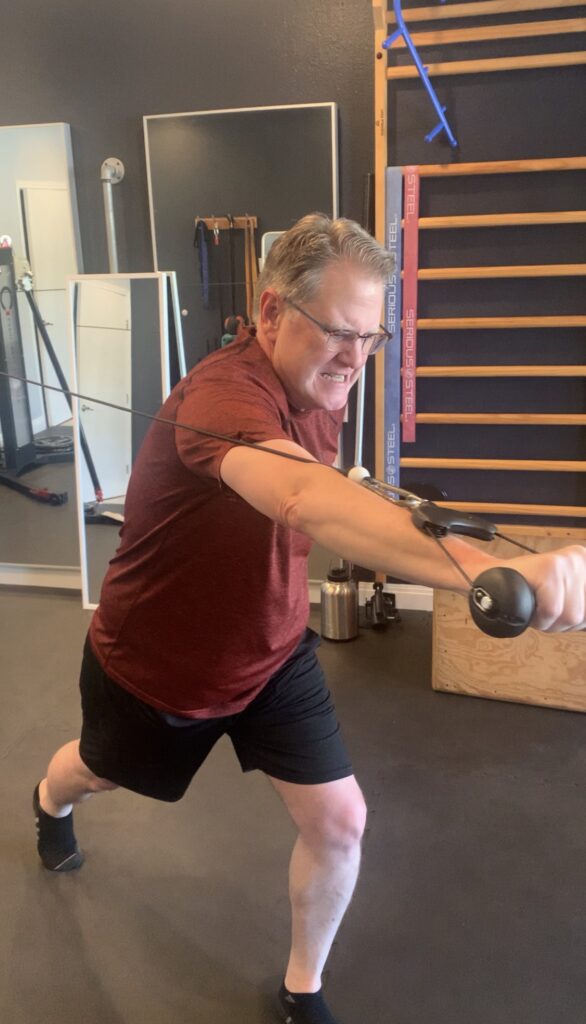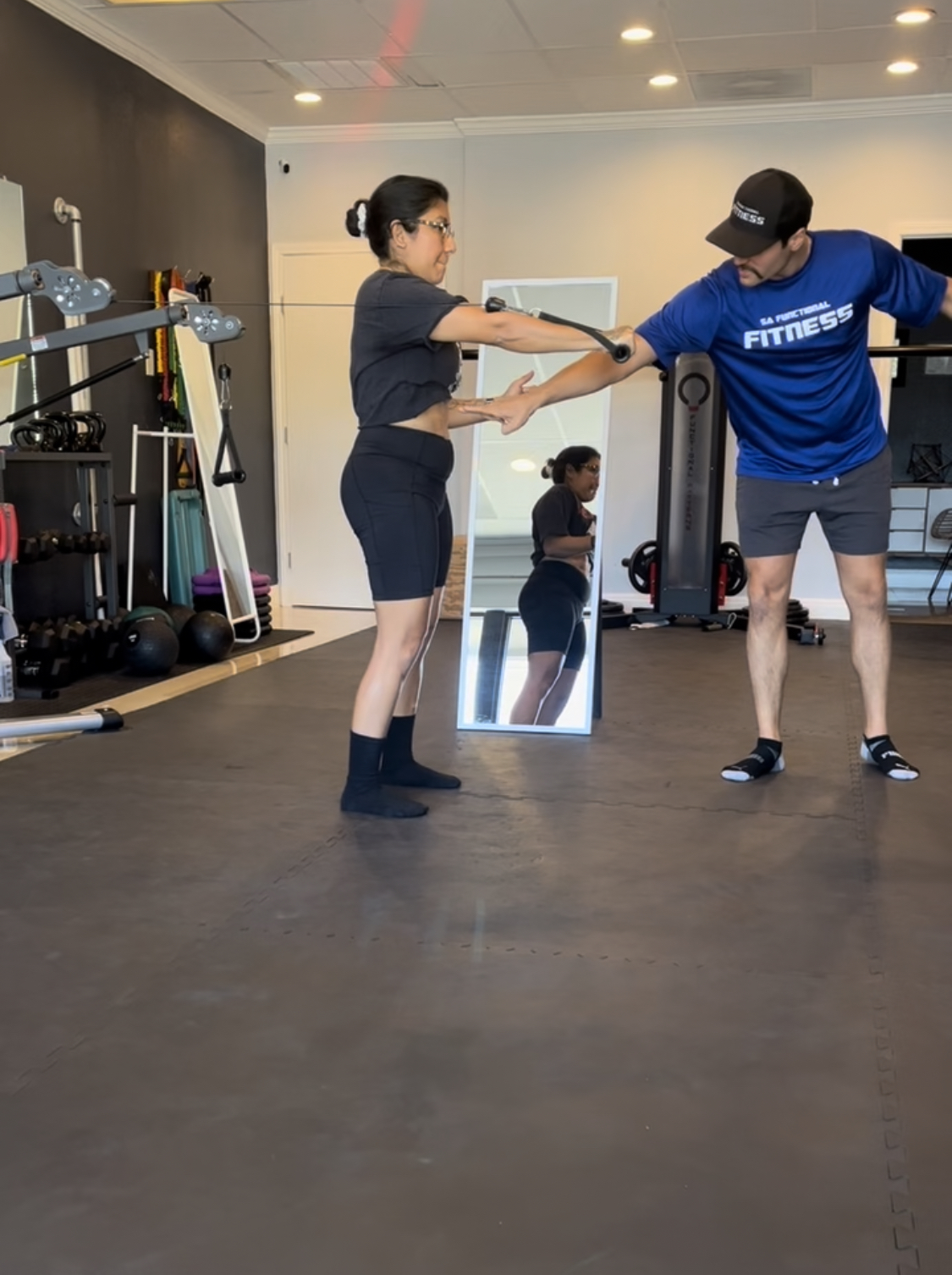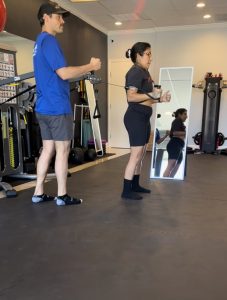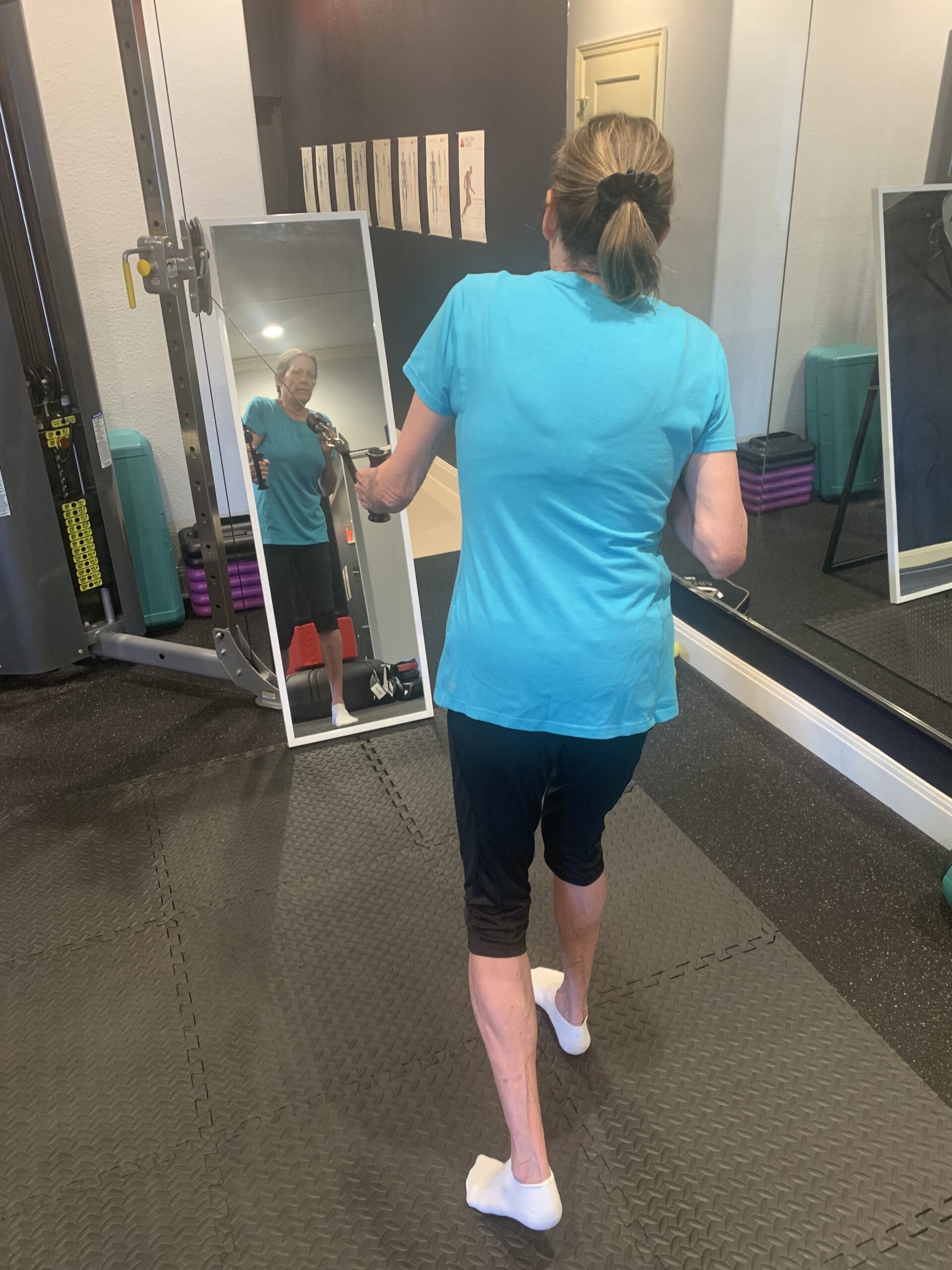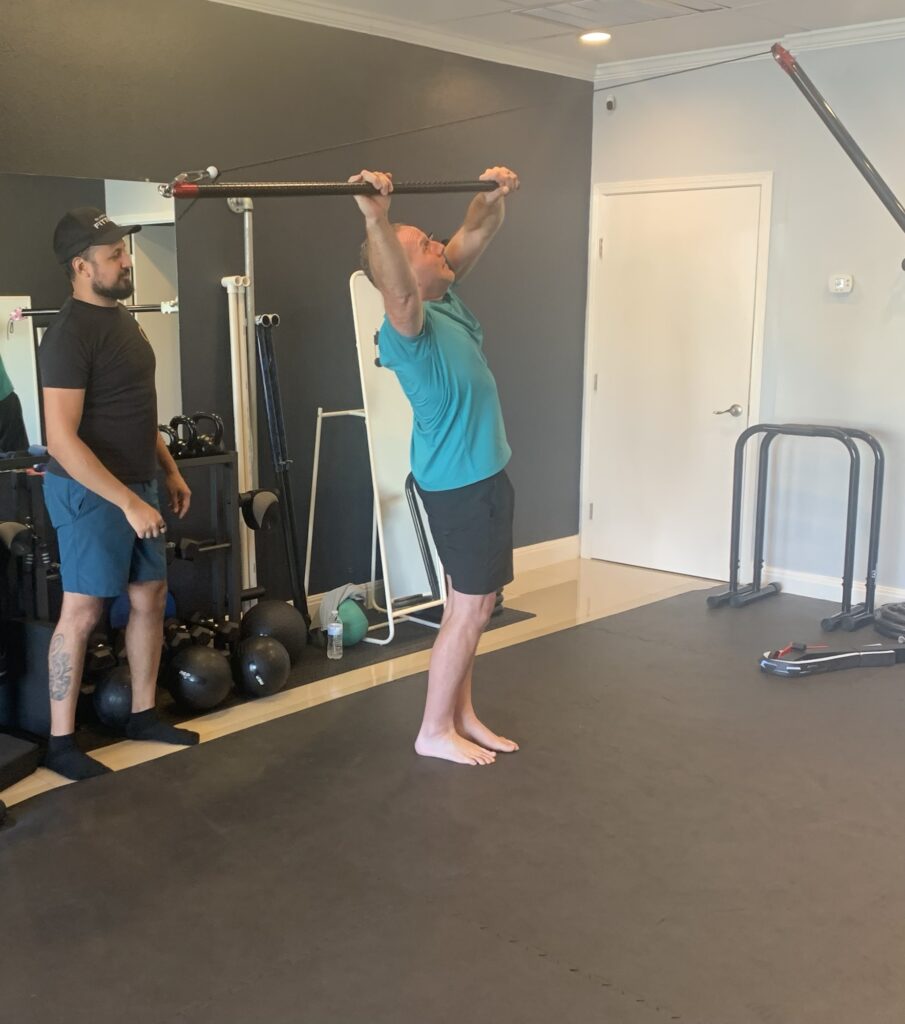
Most people work out to lose weight, build muscle, or feel healthier—but have you ever thought about how exercise affects your everyday life? At SA Functional Fitness, we train in a way that makes you stronger for the movements you do every day—whether it’s lifting a heavy bag of groceries, climbing stairs, or just getting up from a chair without discomfort.
Why Functional Training?
A lot of traditional workouts focus on isolated movements (like bicep curls or leg presses), but life doesn’t work that way. In reality, your body moves as a whole. That’s why we train your body to move better, not just look better.
Here’s what that means for you:
- Move Better, Feel Better
If you’ve ever had back pain, stiff joints, or tight muscles, it’s often because your body isn’t moving the way it should. Our workouts help:
✔ Loosen up tight muscles
✔ Strengthen weak areas
✔ Improve balance and coordination
So instead of just getting stronger, you’re also preventing injuries and pain.
- Strength That Matters
Being “strong” isn’t just about lifting heavy weights—it’s about having the strength to do the things you love without struggle or pain. We focus on exercises that help you:
✔ Lift and carry heavy objects safely
✔ Climb stairs without feeling out of breath
✔ Stay active as you age
This means you’re not just working out—you’re building a body that supports you in real life.
- Say Goodbye to Aches and Pains
Do you ever wake up with a sore back? Or feel pain in your knees after a long day? A lot of pain comes from weak or imbalanced muscles. Instead of just “pushing through” discomfort, we focus on:
✔ Fixing your posture to reduce strain on your joints
✔ Strengthening your core to protect your back
✔ Teaching you better movement habits so you don’t keep making the same mistakes
- Workouts That Fit YOU
No matter your fitness level, our training is designed to fit your body, your needs, and your goals. Whether you’re a beginner or have been active for years, we make sure you’re moving safely and effectively.
It’s Time to Train Smarter
If you want to move better, feel stronger, and avoid injuries, functional fitness is the way to go. At SA Functional Fitness, we’re here to help you build a body that works for you—not against you.
Ready to get started? Book your first session today and feel the difference!
